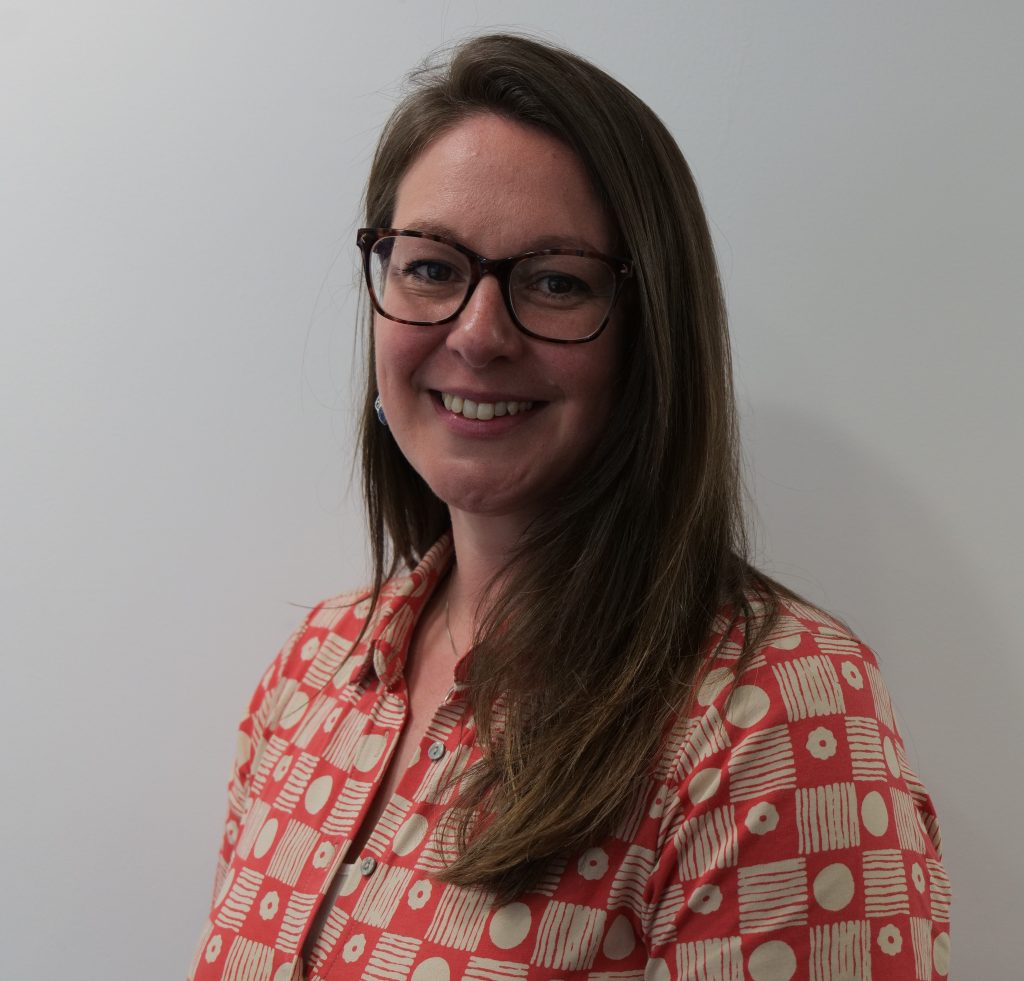Shared language – how can this build improvement?
Rebecca Curtis, Senior Improvement Manager, Improvement Cymru.

As a registered social worker working within the NHS since 2017, I can easily draw upon many examples of the challenges which have arisen from not always having a mutual and shared understanding of the language being used, particularly when working and collaborating with partners across social care and education.
A good example of this is when I first joined Improvement Cymru, I was discussing the number of ‘transitions’ a person will experience throughout their lifetime with my team members. In fact, that one conversation illustrated that each of us used the term ‘transition’ to signify something different in our understanding, yet there can often be a silent assumption in meetings that we all share the same understanding of terms.
I am not afraid to admit that I have also been in a position where I have needed to quickly look up the meaning of certain words used during meetings at all levels and frequently require clarification with acronyms. One such acronym which has caused me much confusion within the Learning Disability Team is ALN. This abbreviation not only stands for Additional Learning Needs in education but also Acute Liaison Nurse for healthcare. When planning a workstream where both sets of ALN are a prominent feature, you can appreciate how easily things can become muddled.
Confusion over organisational jargon is not a new concept [1] (Alderwick & Gottleib, 2019) and we know that a misunderstanding of meaning can have important implications, particularly when we are working across professional disciplines who often have different ways of thinking.
Based on social capital theory, [2] Nahapiet & Ghoshal (1998) highlight the importance of our social interactions with one another. The way in which we develop relationships, share our resources, and create a shared language leads us not only to effectively exchange and combine our knowledge, but supports how we can solve our problems collaboratively, creating better outcomes for all [3] (Pamplin et al, 2011).
But how do we do this when we use words others may not understand in the same way?
One aspect I praise the Learning Disability Team for is their commitment to inclusivity of language and advocating that all information is provided in an accessible format, a truly positive step taken towards helping others to access information and express their views on an equal basis [4] (article 21 of the Human Rights Act, 1998).
When developing a recent application process for improvement project grants, I was very conscious of the language that would be used. It was important that any healthcare jargon was removed so that all public bodies could feel included. It was a conscious effort to think about how we could break down some of the organisational boundaries, particularly those which may exist due to language or jargon. We asked ourselves questions such as, would a school apply for a grant with the wording healthcare in the guidance? Can we rephrase statements to broaden the meaning and be more inclusive to other disciplines?
We actively sought feedback from applicants, schools and local authorities stated, “how refreshing it is to have an application form, where, for the first time we felt we could apply for something” and “the lack of obstacles in the process allowed us to research other elements such as improvement methodology”.
With this example in mind, I urge you to always consider the language that you use in your work and always think about how you can make information clear and inclusive. Let’s take the time to gain feedback around our language and encourage a culture where the words we use are not causing any unintended barriers, and where we are developing a shared language with mutual understanding which is accessible to all.
References
[1] Alderwick, H., Gottlieb, L. M. [2019]. Meanings and Misunderstandings: A Social Determinants of Health Lexicon for Health Care Systems. Available here: onlinelibrary.wiley.com
[2] Nahapiet, J., and Ghoshal, S. [1998]. Social capital, intellectual capital, and the organisational advantage. Available here: https://www.jstor.org/stable/259373
[3] Pamplin, J. C., Murray, S. J., and Chung, K. K. [2011]. Phases-of-illness paradigm: better communication, better outcomes. Available here: ccforum.biomedcentral.com
[4] Human Rights Act [1998]. Available here: legislation.gov
